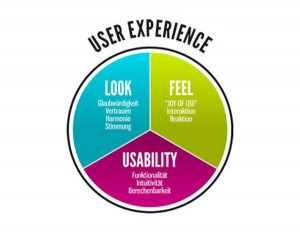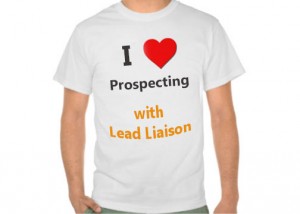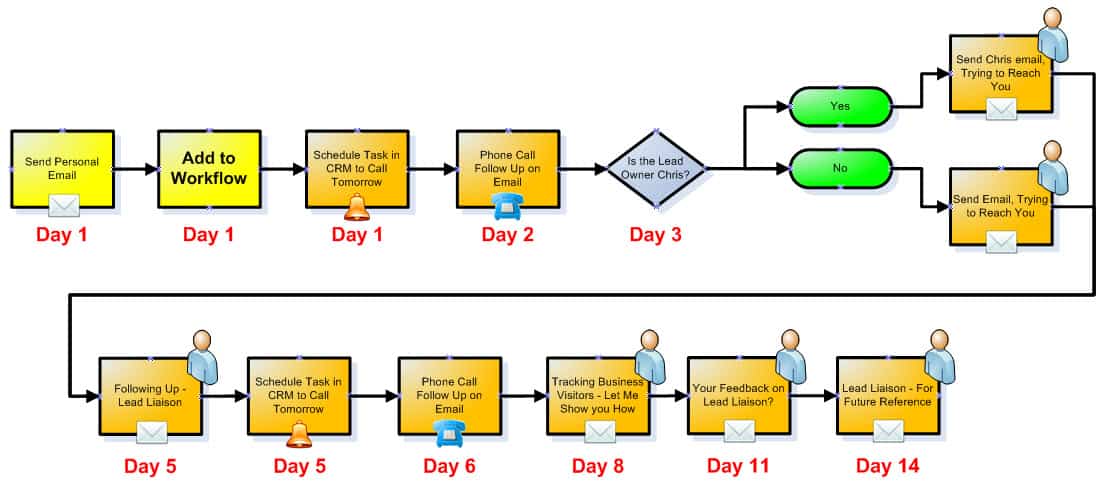Why is Marketing Automation so Popular?
 You may be wondering why is marketing automation so popular. After all, you already have leads – why should you invest money into a product that may not work for you? Simply put, adding marketing automation to your repertoire of business solutions will help you turn your leads into customers while growing your sales from your existing database. However, marketing automation can do much more. Let’s explore why marketing automation is so popular and how you can leverage it to generate profits.
You may be wondering why is marketing automation so popular. After all, you already have leads – why should you invest money into a product that may not work for you? Simply put, adding marketing automation to your repertoire of business solutions will help you turn your leads into customers while growing your sales from your existing database. However, marketing automation can do much more. Let’s explore why marketing automation is so popular and how you can leverage it to generate profits.
Building Better Relationships
With marketing automation, the customer experience is optimized and able to be measured throughout the entire experience. You save money because you’re able to track each prospective customer’s activity from the first engagement through lead conversion, making adjustments to revenue whenever you see fit. Instead of guessing what your leads are doing, or where they’re at in the process, marketing automation provides you with that information – as it happens – so you’re able to simplify your customer engagement.
As your company grows, it’s impossible to maintain 1:1 customer relationships. This is even more of an issue when you take into account the high-tech world we’re living in. No longer are customers just down the street or in the same town – you’re dealing with leads from different countries, time zones, and cultures. Marketing automation assists you in managing your marketing program in a way that makes sense for you. Automation software will streamline your approach and measure tasks and workflow so that you’re operating at top-efficiency.
Communicating Effectively
A common myth is that automation means the messages you’re sending to your leads are cold, impersonal and ineffective. This is simply not the case. Marketing automation means that you’re actually able to personalize your messages to your targeted audience. You’ll be collecting individualized data on leads, thus strengthening your communications and adding personal touches to your campaigns.
Marketing automation isn’t spam, either. You’re not blasting messages to a wide range of people. Instead, you’re focusing on leads and looking at website patterns to get a clear picture of what they’re doing. That way, you can focus on molding communications around personalized experiences. You’re nailing down your leads and audience, while nurturing them and guiding them into your sales funnel. In a world where leads are getting blasted with ads and communications, sometimes on an hourly basis, it’s imperative that your communications are personalized to stand out from the crowd.
Let us help you take the next step to marketing automation. It will change the way you do business and how your leads and customers communicate with you! Contact us so we can take a look at how marketing automation can revitalize your business today.












